Asterisms for the summer months
2020 June 4
In the bright skies of the summer months, deep sky observing becomes rather limited with many of the favourite fainter objects drowned out. Summer does however present a chance to spot an under-observed class of object that we often take for granted – asterisms.
An asterism is just a collection of stars that seem to make up a recognisable pattern. Our eyes, or more accurately, our brains are very adept at finding patterns in things – this is why so many citizen science projects like Galaxy Zoo employ people power to identify and classify images, rather than relying on computer algorithms or artificial intelligence (though this is probably something that will overtake people power in the future).
Many asterisms are observable with the unaided naked eye; for some a good pair of binoculars will be most helpful. They are also good targets for simple astrophotography with a digital SLR camera, and a ‘standard’ or short telephoto lens.
The ancients saw patterns in the stars and associated these with their gods. While certain constellations bear some resemblance to their traditional figures (Orion and Leo come quickly to mind), many require a big leap of the imagination. Within constellations however are many recognisable asterisms, such as the Plough (the Saucepan, or Big Dipper) of the constellation Ursa Major; the Keystone asterism of Hercules; the Kite of Boötes and the Northern Cross of Cygnus. I particularly like some of the smaller constellations which have clear asterisms, e.g. the Crown of Corona Borealis and the Arrow of Sagitta. But probably most people’s idea of asterisms comprise smaller arrangements of stars.
The Coathanger, or Brocchi’s Cluster, is a famous asterism with a big part in the history of the BAA. It was near this cluster that George Alcock discovered a nova on 1976 Oct 21, NQ Vul. It is easy to find in the summer Milky Way; with binoculars just sweep about 8° south from the magnificent double star Albireo (beta Cygni). The cluster is a couple of degrees long, so telescopic views do not capture the full extent unless you have very low power and a wide field.
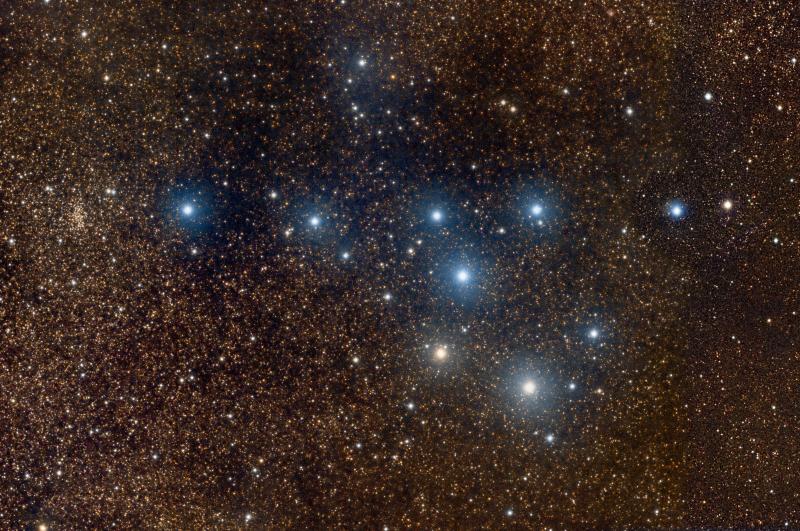
Incidentally, although the cluster was known in ancient times and also rediscovered in the 18th Century by Hodierna, it was only in the 1920s that it became associated with Brocchi. He was a US astronomer and chart maker for the American Association of Variable Star Observers, who made photometric comparison maps of the cluster. But it is not a true cluster – the arrangement is just a chance alignment of stars at various distances.
Another famous asterism is Kemble’s Cascade. Walter Scott Houston wrote about this cascade of stars in his ‘Deep-sky wonders’ column of Sky & Telescope magazine in 1980, it having been reported by the Canadian amateur astronomer and Franciscan friar Father Lucian Kemble. It lies in the constellation Camelopardalis, and seems to tumble from the open cluster NGC 1502. There is a nice range of colour and brightness in the stars.
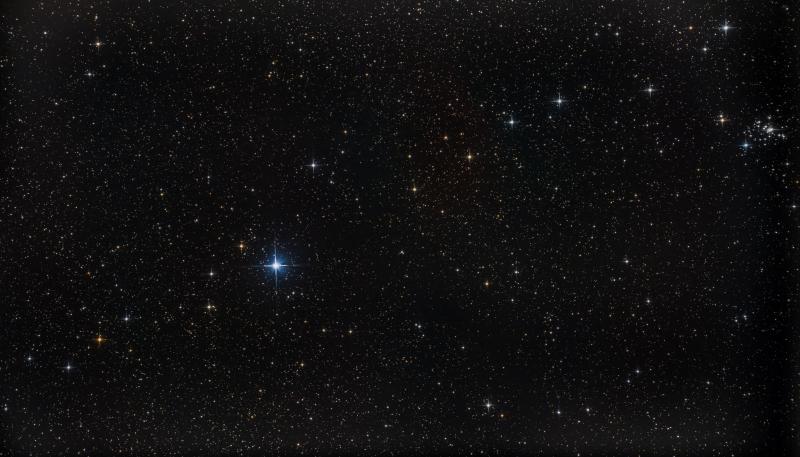
Two further asterisms have Kemble’s name attached. Kemble 2 lies in Draco near Alahakan (chi Draconis). It appears like a small version of the ‘W’ asterism of Cassiopeia, mimicking it quite well. Kemble’s Kite lies in the real Cassiopeia, though quite close to the border with Camelopardalis – gamma Camelopardalis is a good jumping-off point to find it. This asterism truly does look like a kite, with a lozenge head and tail covering three-quarters of a degree.
An area that almost everyone will have viewed at one time or other, but probably rarely observed, is the region around the north celestial pole and its guide star Polaris. To the south of Polaris lies a circle of stars that make up the asterism known as the Engagement or Diamond Ring. Polaris is of course the ‘diamond’, and the ring is roughly about 40 arcminutes in diameter. This is not a very true ring, with a big dent in the side. It seems to have been first noted in the early 1960s, when Dutton reported it in an issue of Sky & Telescope.
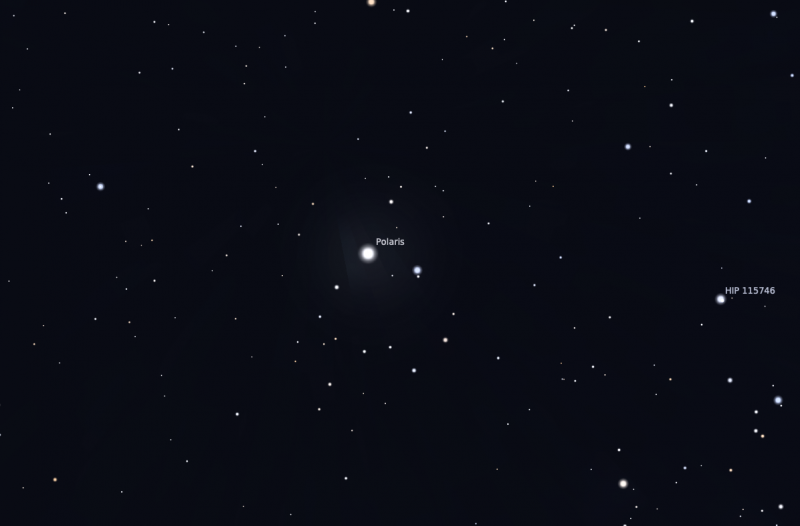
Fans of Wagner will be keen to hunt down the Ring of the Nibelung, an interesting circlet of stars in Draco. This is definitely a telescopic object though. It seems to have been first noted by French astronomer Laurent Ferrero, who I sadly did not know of before finding out about this asterism. This ring asterism is no. 27 in the list of asterisms that he has noted whilst observing the night sky. There are many other interesting targets in his list, which can be found at bit.ly/2TBUhDl. The site is in French with some English commentary, so it is not too hard to follow, especially if you have any French language skills picked up from school. Another that you might like to seek out is Ferrero 6, the Eiffel Tower in Ursa Major.
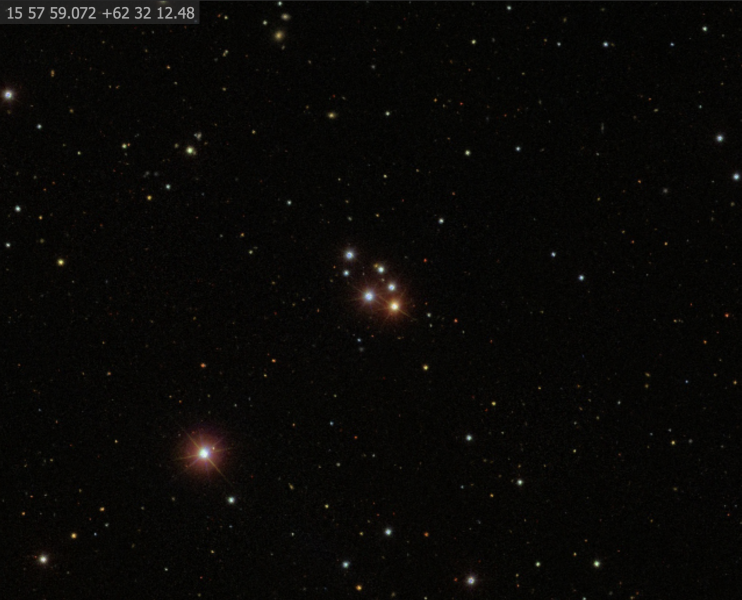
It is somewhat harder to find out any information on French astronomer Fulbert Picot, who discovered an interesting group of seven stars near Arcturus in Boötes. It is known as Picot 1 or Napoleon’s Hat. I have yet to find any reference in any source to Picot 2 or later!
The final target in the present list has local interest to those in the UK, as it was identified by British amateur astronomer Eddie Carpenter. It became known as Eddie’s Roller Coaster when published in the Saguaro Asterisms Database in 2013, and subsequently in Sky at Night Magazine in 2014.
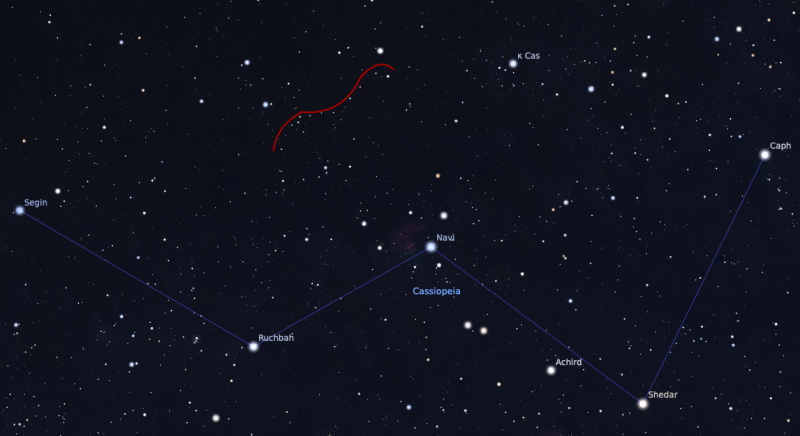
Located in Cassiopeia, it lies about 3° north of Navi (gamma Cassiopeiae), and runs about 2½° across the sky.
Asterisms are great fun and a good way of exploring the night sky. There may be no real scientific benefit in observing them, but it is a great way to spend a few hours under the summer skies. And if you notice an interesting grouping of stars that has not been reported before, you might get one named after you.
https://britastro.org/wp-content/uploads/2020/06/asterismtable.JPG
| The British Astronomical Association supports amateur astronomers around the UK and the rest of the world. Find out more about the BAA or join us. |
